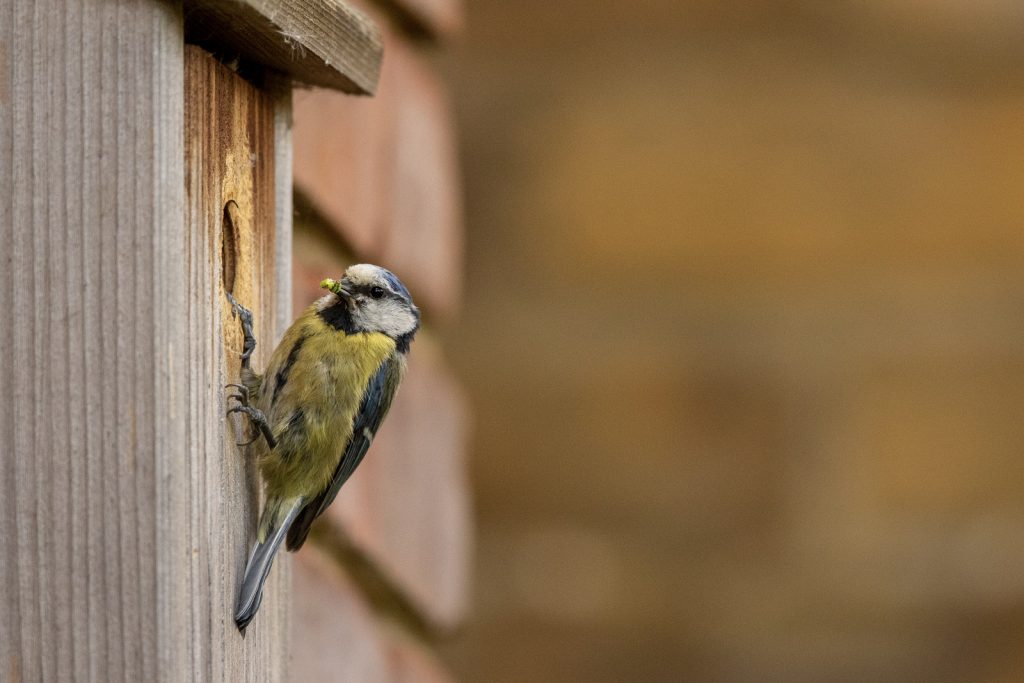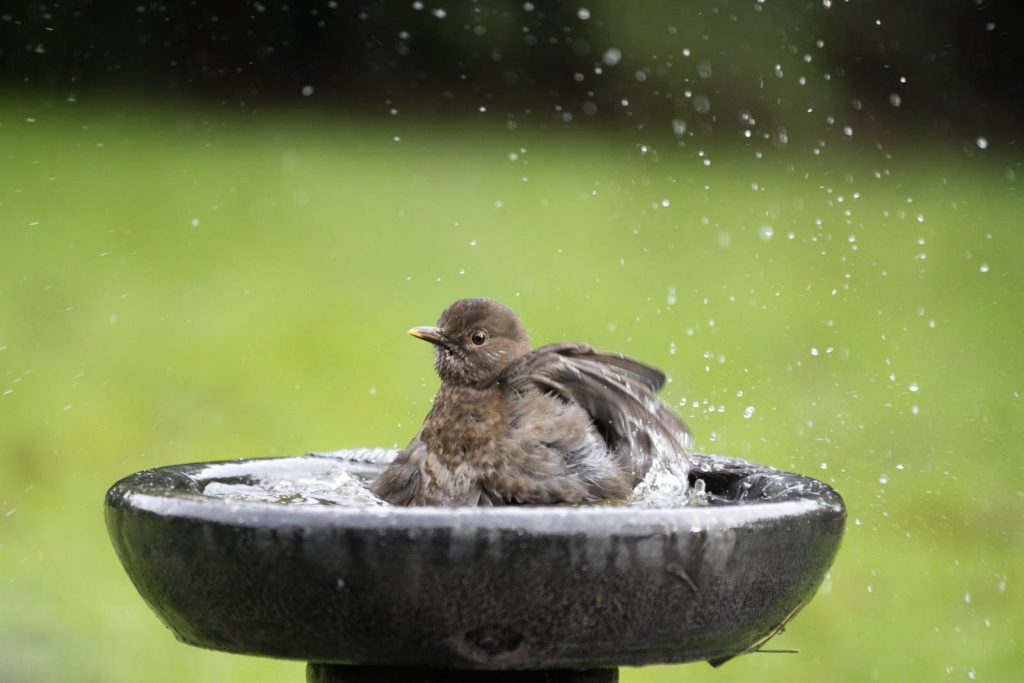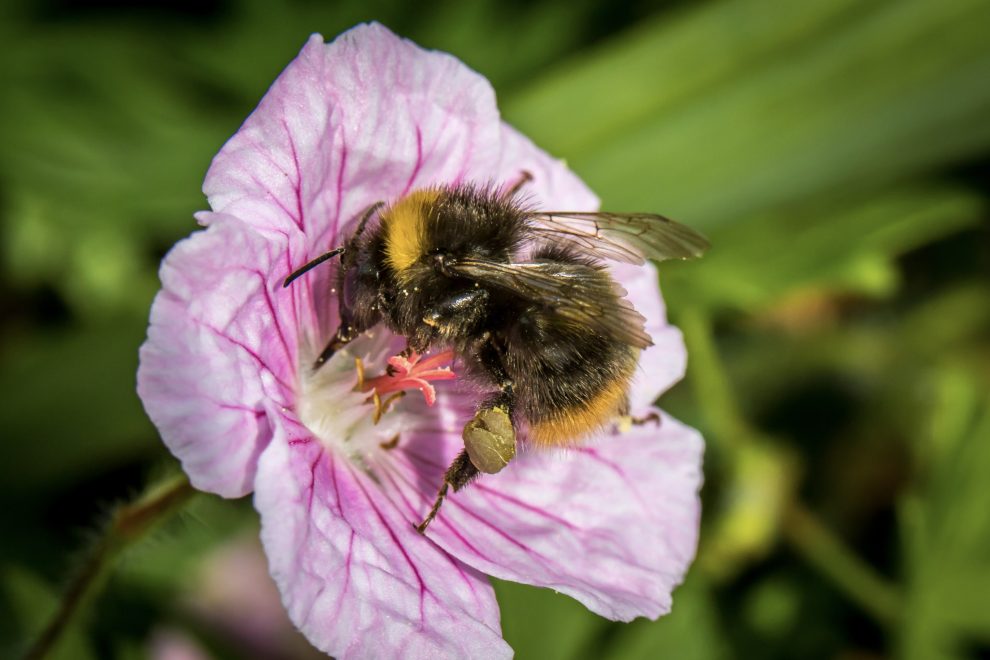WITH ‘#sensorygarden’ 499.1k views on TikTok – locals have the advantage of experiencing a sensory garden on their doorstep at the National Botanic Garden of Wales. Wildlife experts explain why you should visit.
Wildlife expert Sean McMenemy shares how sensory gardens can do wonders for our wellness whilst providing a safe haven for wildlife and encourages Carmarthenshire locals to visit their local sensory garden this autumn.
A sensory garden is an outdoor space that stimulates the five senses of sight, smell, touch, hearing and taste, and can be created in your own garden. Sensory gardens at home remain relatively rare, but the trend is growing with the TikTok hashtag ‘#sensorygarden’ amassing 499.1k views*.
Carmarthenshire, dubbed the Garden of Wales, has a huge array of beautiful green spaces to explore. It’s home to the National Botanic Garden of Wales which spans a huge 568 acres, attracting hundreds of thousands of visitors each year. The stunning Great Glasshouse features a sensory trail that explores the largest single-span greenhouse in the world! From fluffy flowers from South Africa to a strongly scented Australian plant, it’ll engage all your senses.

Having recently gifted King Charles with a beautiful oak sapling, the National Botanic Garden of Wales care deeply about the nation’s natural heritage. For those visiting the garden, the paths are wheelchair accessible with manual wheelchairs available on site. Open 10am – 6pm every day of the week.
Wildlife expert and founder of bird food provider Ark Wildlife, Sean McMenemy, explains the benefits of sensory gardening: “Sensory gardens provide a great deal of physical and mental benefits for different people and purposes. From getting vitamin D from sunlight to improving physical fitness by maintaining a garden, there are several physical benefits. Mentally, you can benefit from a mood boost and relaxation by spending time surrounded by calming stimulation.
“Sensory gardens can also have huge benefits for children, older people, those with learning disabilities and those who struggle with their physical and mental health. You can also create a sensory garden for your pets and garden wildlife!”

Top tips for creating your own sensory garden
If you do have the outdoor space, creating your own sensory garden is therapeutic in itself and doesn’t need to be a complicated process. The most important thing is to ensure that the garden engages all five senses.
Melody Estes, landscape design gardening supervisor, says: “Whether you’re new to gardening or a seasoned pro, you can always improve your garden by adding some sensory elements.”
Here are some tips from Melody for creating a sensory garden:
Sight – Plant colourful flowers that change with the seasons.
Sound – If you have a fountain or water feature on your property, consider adding some relaxing music to play alongside it. You could also place chimes near your front door to welcome people in.
Smell – Use scent. Consider planting scented flowers or herbs like lavender, rosemary and thyme that will give off a lovely aroma when they bloom.

Touch – Mix textures. The texture of plants can be as important as their colour and shape. Try using plants with soft leaves like ferns or grasses that are texturally different.
Taste – Planting herbs, fruits and vegetables not only provide tasty treats, but is a sustainable source of food.
Sean McMenemy adds: “Sensory gardens are an easy way to engage with wildlife and the outdoor environment. Growing your own plants and vegetables provides countless ways to learn about the natural world.
“You can bring your sensory garden to life by using bird feeders to attract beautiful feathered friends into your garden. They’ll bring the sound element to your sensory garden naturally. Fragrant flowers will attract colourful butterflies and other pollinators to your garden, giving you something to observe whilst helping nature to thrive.”
Some people may not have the time, money or space to create their own sensory garden. However, those with balconies and window ledges can still plant colourful, sweet-smelling flowers and edible plants. This mini sensory garden can still provide the benefits and satisfaction of an outdoor garden.

















Add Comment